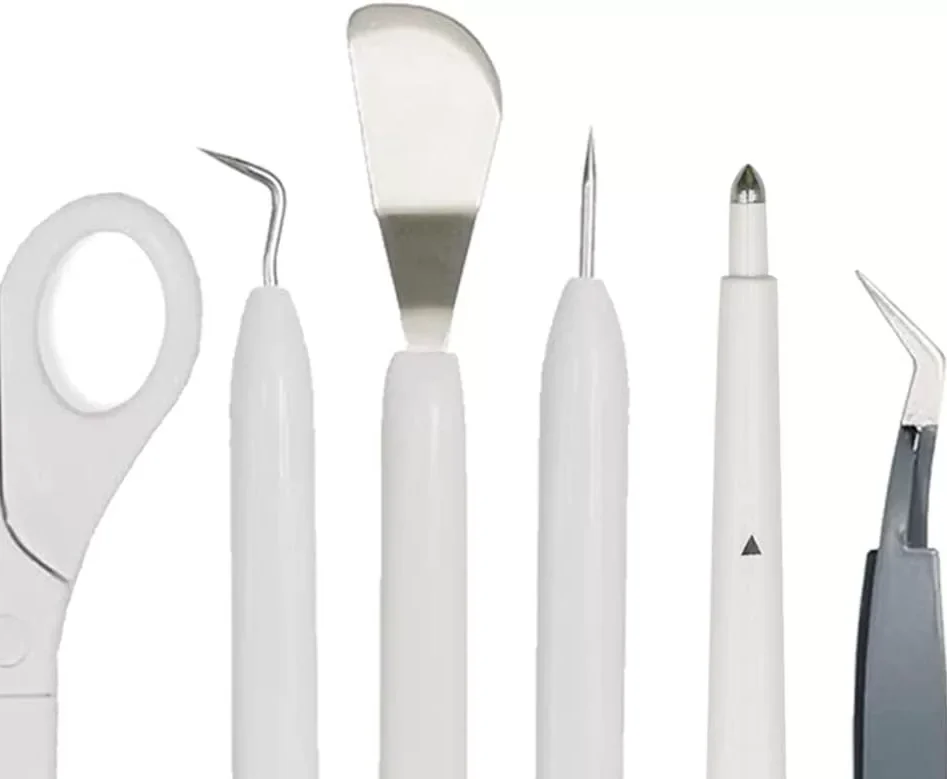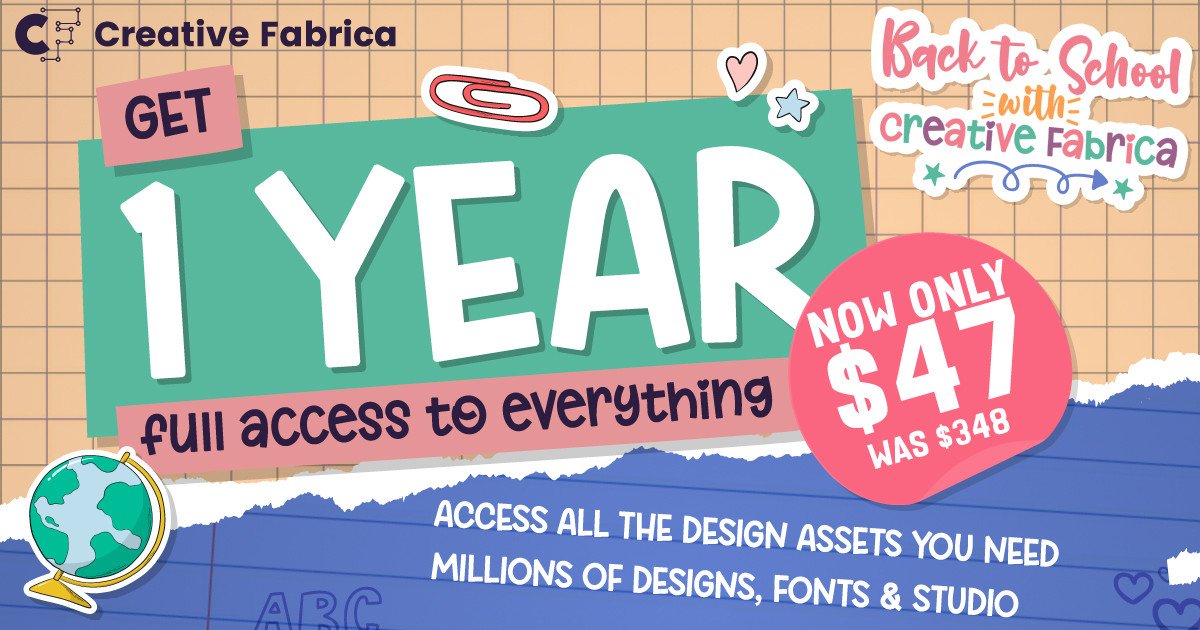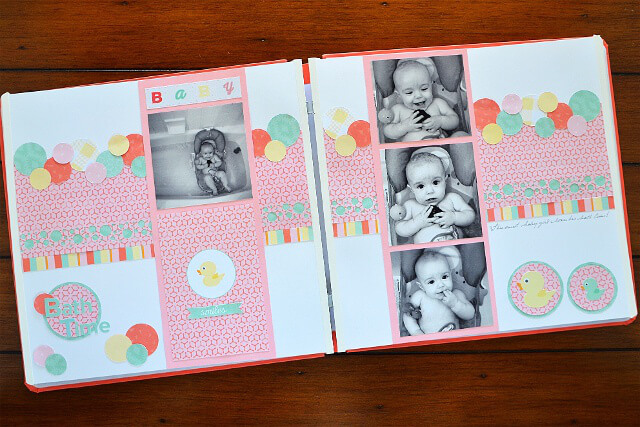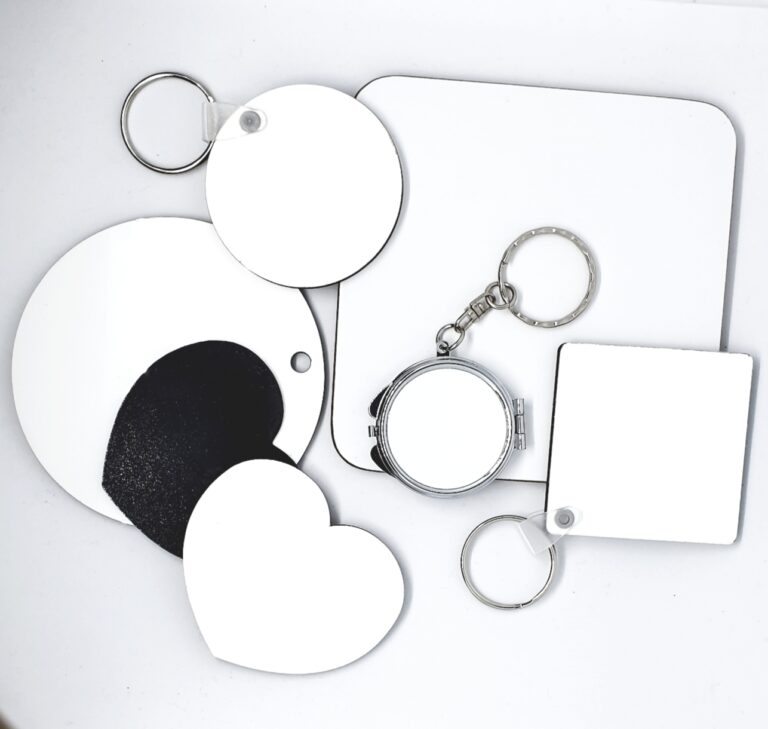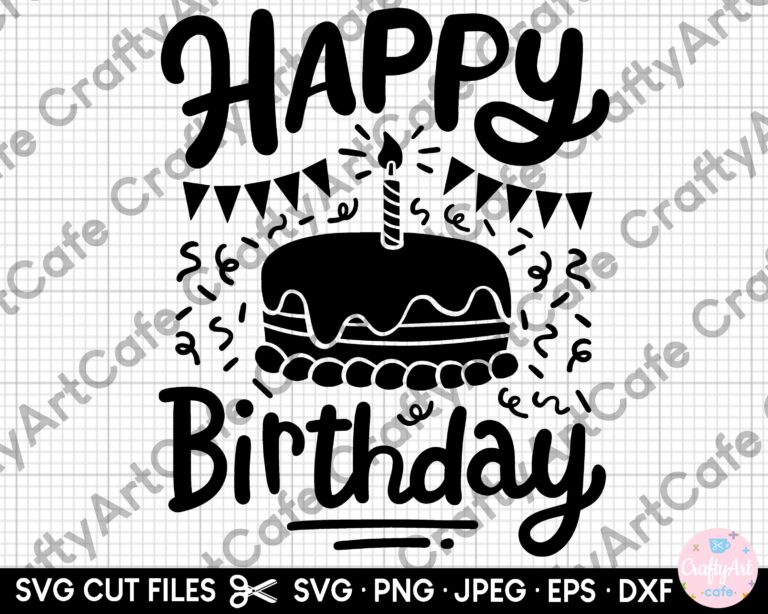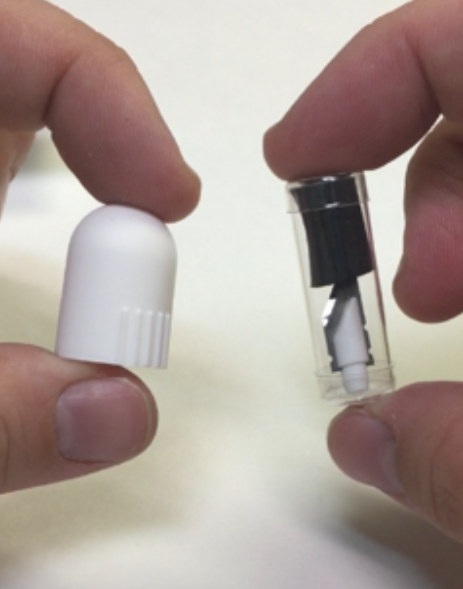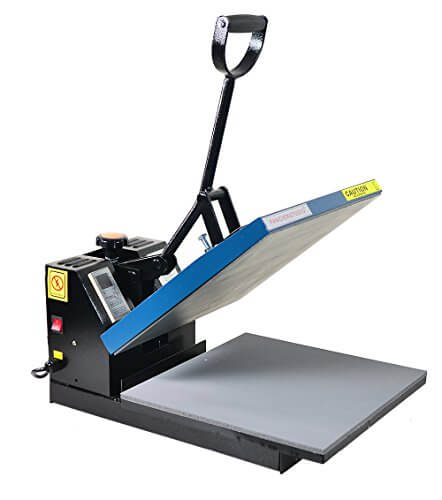Things for Beginners to Consider when Starting a Scrapbook
Preserve Personal Memories: Things for Beginners to Consider when Starting a Scrapbook
A scrapbook focuses on what is important to you: your family, a vacation, your job, high school memories, etc. There is no limit to what can be covered in one. It highlights defining moments in your life, as well as the everyday details. A picture may say a thousand words, but when that picture is in a scrapbook, it conveys an entire history.
Who can scrapbook? The good news is that anybody can. There is no need to be a graphic designer or artist. You do not need to take classes to start. Scrapbooks are personal statements, and so should reflect you and your likes and dislikes.
Getting Started
Before starting, there are a few things a beginner should consider.
1. Size. What size album would you like to use? There are a variety of sizes: 12 x 12, 8½ x 11, 8 x 8. Size is a personal choice, although beginners may like to start smaller.
2. Theme. What will the theme of your album be? Although not essential, many albums have a theme – a central topic that unifies the pages and photos within. Themes can be helpful, making it easier to choose photos and products. Some albums showcase photos and memorabilia from a family vacation. Others may center around holidays. Still others may simply be put together chronologically. Don’t worry about “rules.” If the photos fit the theme and the organization makes sense to you, use it. This is your scrapbook.
3. Photos. What photos will you use? Beginners are often overwhelmed by the number of photos they have. The thought of scrapbooking them all seems impossible. Every photo, however, does not have to be put in a scrapbook. Select the best ones, or those that evoke strong memories. Choose photos that fit your theme (if you have one).
4. Personal style. What things do you like? Get a sense of your personal style by looking at scrapbook pages (called layouts) online. Some good web sites to visit are Two Peas in a Bucket or Scrapbooks Etc.. Go to the gallery and take note of the things you like: colors, papers, embellishments. Often the author of the layout will list what products he/she used.
Creating Layouts
Once you have decided on the basics, it is time to create your layout. Choose 1-4 photos, depending on the size of your page, and begin.
1. Create a title. Think of a title for your page. Songs can be good sources of material for titles: a favorite line, a catchy jingle. One-word titles are also popular. What thoughts are evoked by your photo? Is there any action? Simple titles such as “dream” or “fly” can be great starting points.
2. Choose the cardstock and paper. Some scrapbookers like to match the colors in their photos to the paper, choosing a non-dominating color in the photo and using it in the color scheme, which makes the colors “pop.” Black and white photos can be easier for beginners to work, however, with since they won’t compete with the colors in the papers.
3. Choose embellishments. Ribbon, buttons, tags, brads, eyelets – choose a few embellishments that match the color scheme and arrange them around the photo placements. Don’t be afraid of negative space (space that is unoccupied by embellishments or journaling) – using it can help the photos and journaling speak on their own.
4. Journal. Write down your thoughts. Where were you when you took this picture? What does the picture have to say about you, your family, your pet, your relationship with your kids? Be playful. Jot down a list of reasons you love your husband, note a funny dialog you had with your kid over breakfast one morning, write a newspaper-style article describing something that happened on your last vacation. Don’t worry about grammar, punctuation, syntax – just get your story out!
5. Scraplift. If you get stuck or still don’t feel confident about starting, try scraplifting. By scraplifting, you are creating a page exactly like, or very similar to, one that another scrapbooker has created. Use the same colors, products, embellishments, title, and photo placement. As long as you are not publishing the layout as an original piece of work, it doesn’t matter if you scraplift. Scraplifting can get your creativity flowing, and spark your own unique ideas and techniques.
